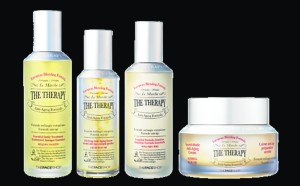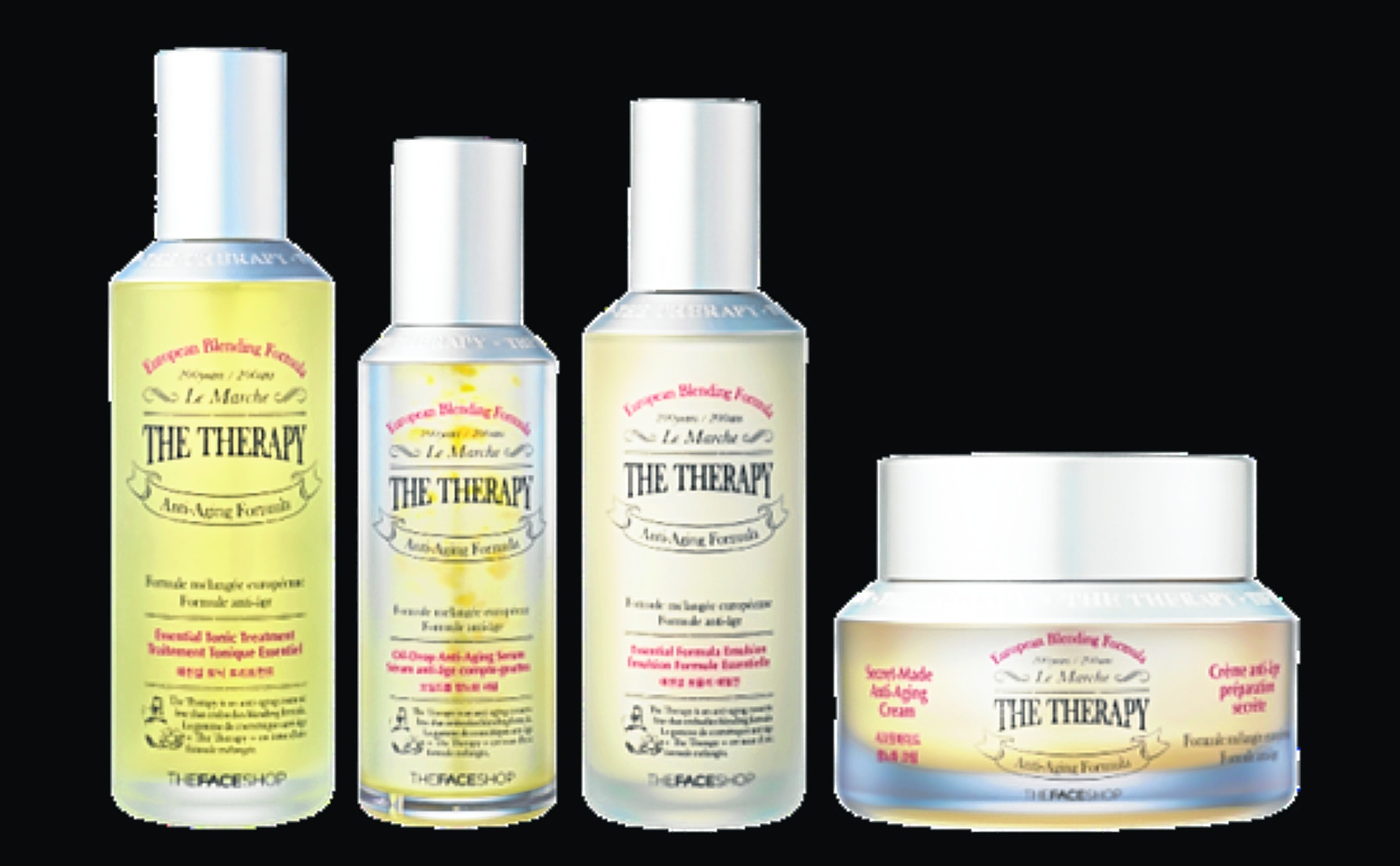
When it comes to skincare, I like to think of myself as more of a minimalist. Though I do like to scour the beauty counters and try out new products like any other girl, my regular regimen consists of a cleanser, serum, eye cream and SPF. For a former beauty editor, that’s rather spare.
One of the hottest trends in cosmetics is K-Beauty or Korean products, which promise flawless skin but come with a product-heavy, time-intensive routine.
It’s not uncommon for these routines to include 10 steps or even more—day and night. That’s quite far from the usual Western methods we’ve gotten used to.
While good skincare isn’t inherent in any region—there are good and bad products sold everywhere—the Korean beauty routine is distinctive in some ways.
At its core, the Korean skincare regimen is all about adding moisture and keeping it in, which is understandable, given the harsh Korean winter. This also accounts for the dewy look most people want to achieve.
Compared to all-in-one American formulas, the Korean regimen features targeted treatment steps.
Steps
Some of the common skincare steps:
Step 1 and 2: Oil cleanser/foam cleanser
Cleansing is usually done in two steps. Called “double cleansing,” this begins with oil-based cleanser to dissolve layers of makeup, dirt, etc. Next is your usual foaming cleanser, to remove any residue on your face.
Step 2: Toner
Toners aren’t exactly new, but in the Korean skincare routine, they’re marketed more as treatments loaded with soothing and antioxidant ingredients—necessary to “balance” your skin’s pH after cleansing.
Step 3: Exfoliate
A grainy scrub to smooth rough patches and help even out skin tone, a few times a week.
Step 4: Essence
This is where it gets confusing. Many mistake essence with serum, but these thin, milky, lightweight fluids supply skin with moisturizing ingredients and antioxidants.
Step 5: Sheet mask
The sheet mask is a single-use sheet (with holes fitted for your eyes, nose and lips) that’s pre-soaked in serum treatment. It’s usually left on the face for 15-20 minutes. Skin is then patted dry without rinsing. Sheet masks can give you different effects, as different formulas are designed to moisturize, whiten, firm, and so on.
Step 6: Serum
Serums are usually the most potent in the skincare line, specifically designed for anti-aging, whitening, firming, etc.
Step 7: Eye cream/serum
Moisturizer for the eye area.
Step 8 and 9: Cream, emulsion, balm and/or oil
Whether it’s called an emulsion, cream or balm, this step is all about adding moisture and keeping it in.
Step 10: Sunscreen
A broad-spectrum sunscreen to shield your skin from UV exposure and prevent skin pigmentation (and skin cancer, too).
Research
If you’re exhausted from reading just that, so am I. And let’s not even count the eye masks, lip masks, sleeping packs and facial mists sold at the K-Beauty counters.
But are they living up to the hype? Consumers should do a little research before buying. Most dermatologists won’t recommend doing the 10-step routine, as the layers of products can potentially clog pores; it’s also impractical for the humid Philippine climate.
The takeaway for me is that the Korean skincare routine builds on the basic products (cleanser, moisturizer, sunscreen) to include more targeted-treatment products to address specific skin concerns.
I, for one, find the double cleanse necessary only on the odd days I wear foundation or more eye makeup, and bring out the sheet masks when tired or traveling. I also layer more when traveling to colder climates; an essence or heavier cream, for example, keeps the skin from drying out.
If you aren’t seeing the results you want with your usual skincare regimen, consider adding a step or two from the routine. That would add extra minutes (and costs) to your regular beauty regimen, but the benefits may be worth it.
To save time, others apply more basic products in the morning and reserve their extra steps for the evening. There is no one-size-fits-all approach to a routine; what’s more important is consistency.
And in case you get confused which product goes first, the general rule is to apply products with lighter and thinner textures first; the heaviest come in last.
E-mail the author at [email protected]













































